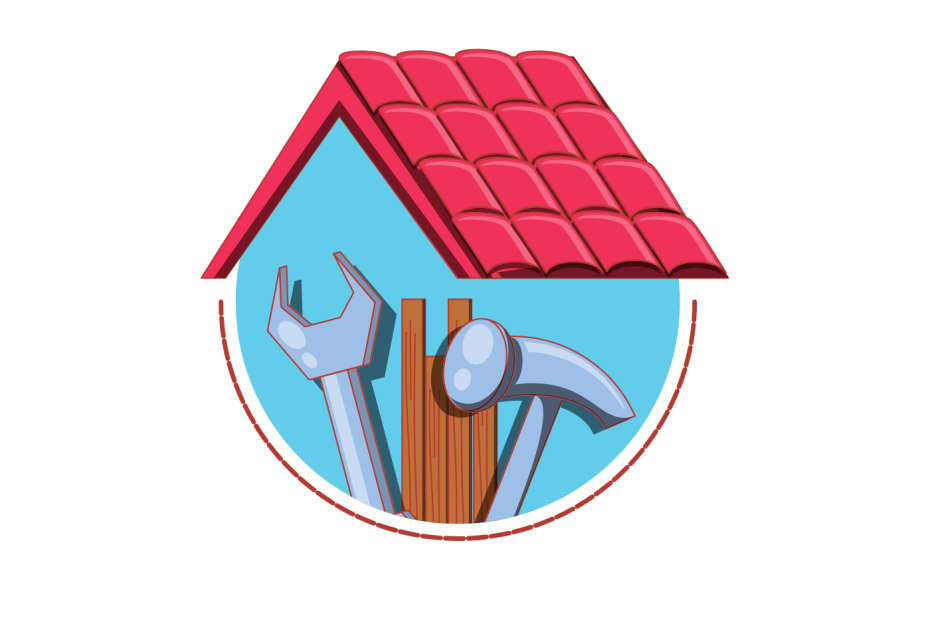Introduction: The Cornerstone of Community Upkeep
For Homeowners Associations (HOAs), an organized approach to maintenance is not just about fixing issues; it’s about preventing them. A maintenance chart or schedule is a proactive tool that ensures the longevity and aesthetic appeal of the community’s shared spaces and infrastructure. This blog outlines the steps to create a comprehensive maintenance chart that will keep your HOA ahead of upkeep and repairs.
Understanding the Importance of an HOA Maintenance Chart
A maintenance chart serves several vital functions:
- Prioritization of Tasks: It helps in categorizing maintenance work based on urgency and impact.
- Budget Planning: It aids in financial forecasting for maintenance-related expenditures.
- Resource Allocation: It allows for the efficient distribution of manpower and materials.
- Preventive Care: It ensures regular checks to avoid costly repairs down the line.
Step-by-Step Guide to Creating Your HOA Maintenance Chart
I. Inventory of Assets and Amenities
Conducting a Comprehensive Review:
Begin by listing all the physical assets and amenities your HOA is responsible for. This can range from common areas like pools and clubhouses to landscaping and infrastructure such as sidewalks and lighting.
II. Assessment of Maintenance Needs
Understanding the Scope of Work:
Each item on your inventory will have unique maintenance needs. Assess these requirements by considering factors such as usage frequency, exposure to elements, and previous maintenance records.
III. Scheduling Maintenance Activities
Developing a Timeline:
With the list of maintenance tasks in hand, develop a timeline. This should include daily, weekly, monthly, seasonal, and annual tasks. The goal is to create a schedule that is both realistic and thorough.
IV. Budgeting for Maintenance
Allocating Financial Resources:
Estimate the costs associated with each maintenance activity. This will be crucial for budget planning and ensuring the HOA has the necessary funds when needed.
V. Delegating Responsibilities
Assigning Tasks to Teams or Vendors:
Determine who will perform each task. Will it be in-house staff, or will you need to contract external service providers? Establish clear roles and responsibilities.
VI. Implementing a Tracking System
Monitoring Progress:
A chart is only as good as its implementation. Set up a system to track the completion of tasks, whether through software, checklists, or management reports.
VII. Communication with Residents
Keeping the Community Informed:
Residents should be aware of the maintenance schedule, especially if it impacts their daily lives. Communicate upcoming maintenance activities effectively.
VIII. Regular Review and Adaptation
Updating the Maintenance Chart:
The maintenance chart should be a living document. Regularly review and adjust the schedule as needed based on new challenges or changes within the community.
Conclusion: A Blueprint for Community Well-Being
An effective maintenance chart is the blueprint for the ongoing well-being of your HOA community. It is a strategic tool that, when implemented correctly, can save time, reduce costs, and maintain, if not improve, property values. It fosters a sense of pride and satisfaction among residents, knowing that their community is well-cared for and that their HOA board is diligently overseeing the upkeep of their shared space.
Remember, maintenance is not just about fixing what’s broken; it’s about regular care and prevention. An HOA that stays on top of its maintenance chart ensures a happier, safer, and more harmonious community for all residents.
